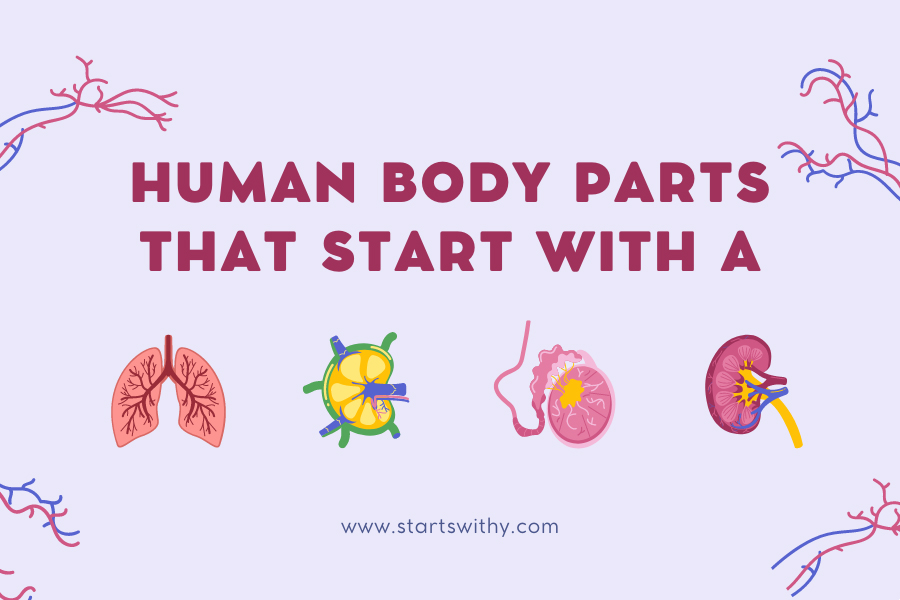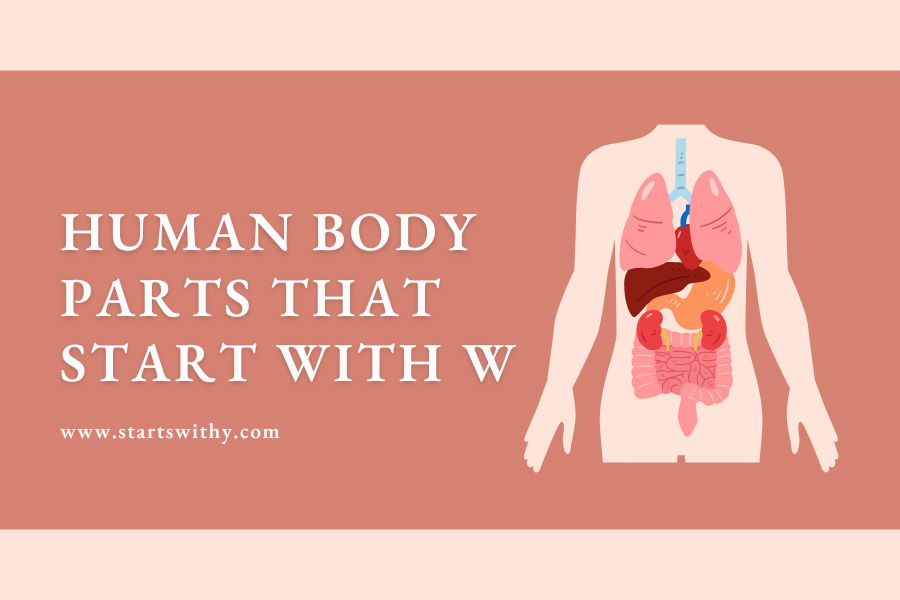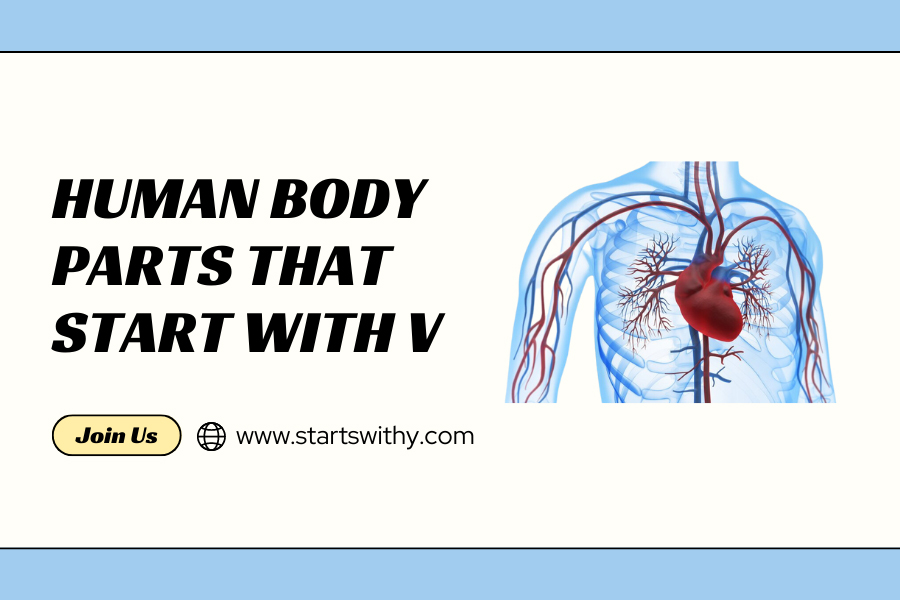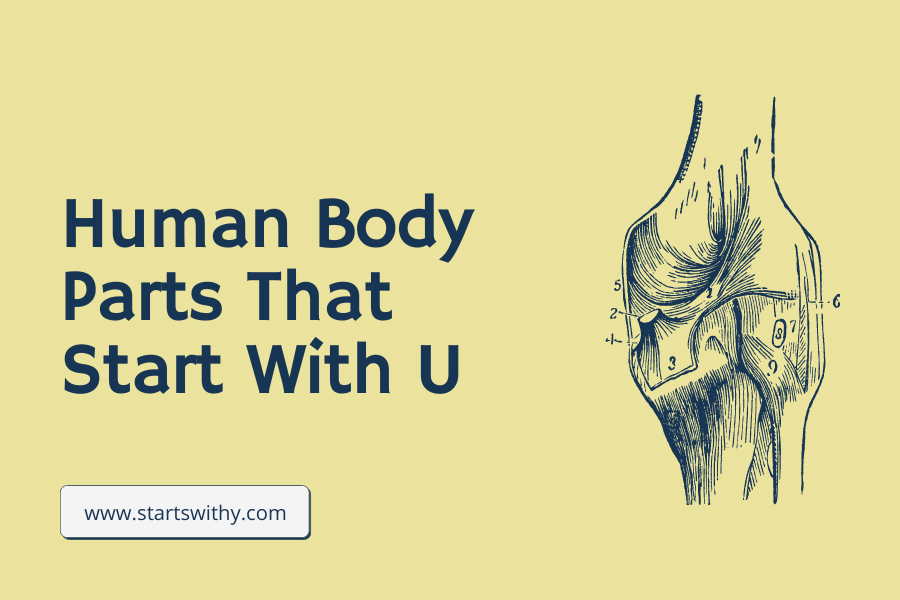Welcome to our journey through the fascinating world of human anatomy. This article, titled “Body Parts That Start With A,” is a unique and engaging exploration of our complex biological makeup, focusing specifically on those body parts beginning with the letter ‘A’. From essential organs, such as the abdomen, to smaller components like the alveoli within our lungs, we delve into the remarkable functions, structures, and intricacies of these body parts.
Perfect for students, educators, or anyone with a curiosity about the human body, this article provides a comprehensive yet accessible insight into our anatomical design. Whether you’re a seasoned biologist or a novice, prepare to discover and appreciate the phenomenal beauty and complexity of our bodies, one letter at a time.
Human Body Parts That Start With The Letter A
The human body is an intricate tapestry of interwoven systems, organs, tissues, and cells, each with their unique names and functions. If we attempt to catalog our anatomy using the alphabet as a guide, we’ll notice that many body parts commence with the letter ‘A.’ This article dives into a comprehensive exploration of these body parts that start with “A”, unravelling their fascinating details, unique purposes, and the roles they play in the overall human anatomy.
Artery
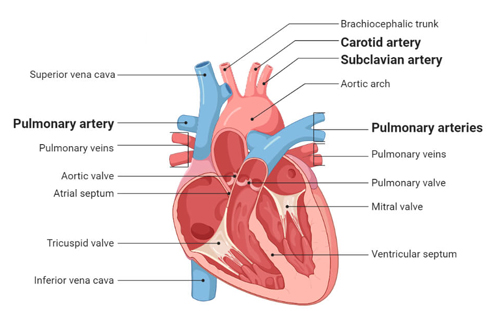
An essential part of the circulatory system, arteries are responsible for transporting oxygen-rich blood from the heart to various parts of the body. They are characterized by their thick, muscular walls which enable them to withstand the high pressure of blood being pumped directly from the heart. The most prominent artery is the aorta, the main and largest artery in the human body, which carries oxygenated blood from the left ventricle of the heart to distribute to the rest of the body.
Appendix
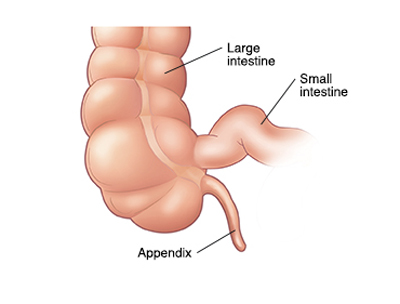
The appendix is a small, finger-like pouch that branches off the large intestine. Its purpose remains a matter of ongoing scientific debate. While it has traditionally been considered a vestigial organ with no vital function, recent research suggests the appendix may play a role in storing beneficial bacteria that assist in the digestive process.
Aorta
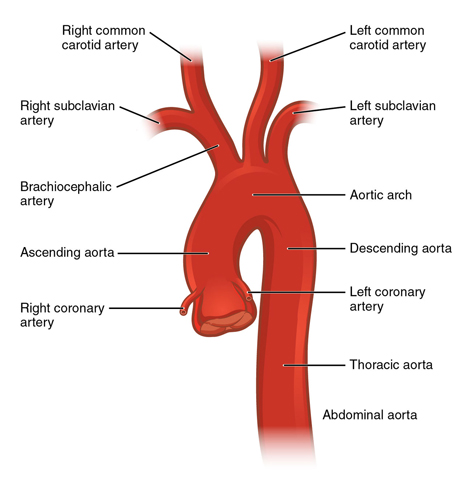
The aorta, as mentioned before, is the body’s main artery. As the largest artery, it commences at the top of the left ventricle, the heart’s primary pumping chamber. The aorta’s role is pivotal, as it supplies oxygen-rich blood to the systemic circulation that serves the body’s needs. Any disease or blockage affecting the aorta can have serious, sometimes life-threatening consequences.
Alveoli
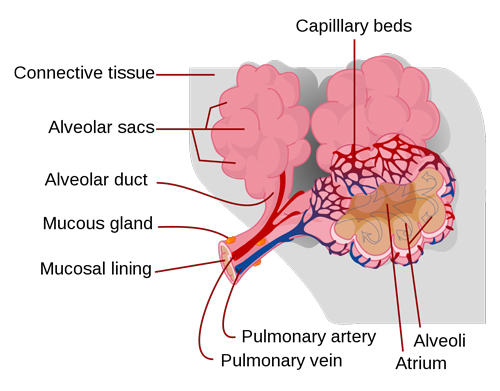
The alveoli are small sacs located within the lungs, pivotal for respiration, a vital process of life. They facilitate the exchange of oxygen and carbon dioxide between the lungs and the bloodstream. Each lung contains millions of alveoli, which significantly increase the lungs’ surface area, enabling effective gas exchange.
Adrenal Glands
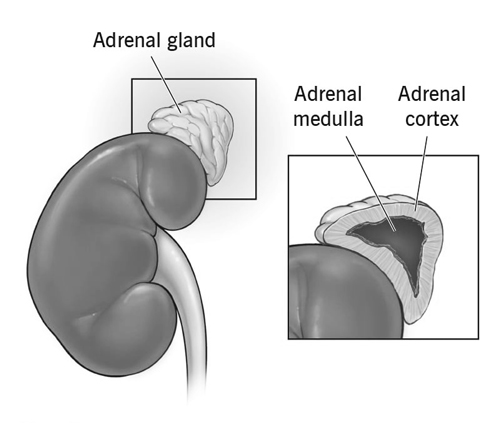
The adrenal glands are small, triangular-shaped glands located on top of both kidneys. They produce hormones that help regulate your metabolism, immune system, blood pressure, response to stress, and other essential functions. Some of the hormones released by the adrenal glands include cortisol, aldosterone, and adrenaline.
Amygdala
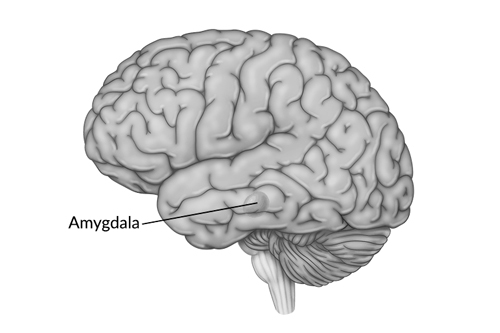
Moving on to the nervous system, the amygdala is a key component of the brain’s limbic system, the center for emotional processing. The amygdala plays a significant role in memory formation, decision-making, and emotional responses, such as fear, anxiety, and aggression.
Anterior Cruciate Ligament (ACL)
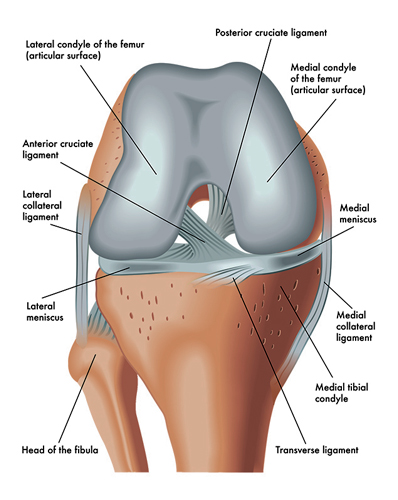
The ACL is a significant ligament in the knee, which prevents the shin bone from sliding out in front of the thigh bone. It’s particularly vital for athletes as it provides rotational stability to the knee and prevents excessive forward movement of the lower leg. Injuries to the ACL are common in sports that involve sudden stops or changes in direction.
Anus
The anus is the last part of the digestive tract. It’s a 2-inch long canal consisting of the pelvic floor muscles and the two anal sphincters (internal and external). It functions to control the expulsion of feces, the residual waste product of digestion, from the body.
Auditory Canal
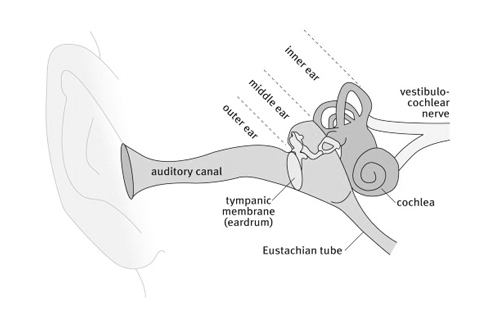
Also known as the ear canal, the auditory canal is a tubular structure that extends from the outer ear to the eardrum. The canal contains tiny hairs and glands that produce earwax, protecting the inner ear from foreign particles and maintaining its health.
The Abdomen: Powerhouse of the Body
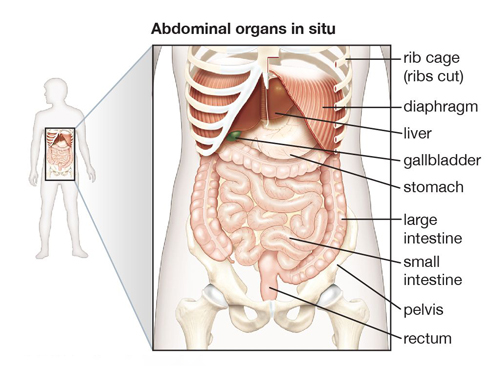
Imagine a bustling city within your body, where essential businesses like digestion, energy production, and waste removal keep things running smoothly. That’s the abdomen, a muscular cavity housing vital organs like the stomach, intestines, liver, spleen, and kidneys. It’s divided into nine regions, each playing a specific role. The upper quadrant houses the stomach, liver, and gallbladder, where food gets broken down and bile is produced to aid digestion. The lower quadrant includes the intestines, where nutrients are absorbed and waste is prepared for elimination.
Fun fact: The average adult’s abdomen holds about 5 liters of food and liquids!
The Abducent Nerve: Moving Your Eyes Sideways
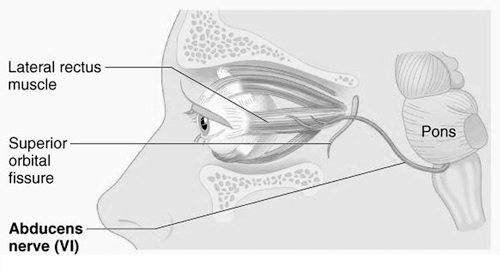
Have you ever looked at a butterfly flitting by or a wide-screen movie? Thank the abducent nerve for that! This cranial nerve, also known as the sixth cranial nerve, controls the lateral rectus muscle in each eye. When you want to shift your gaze to the side, this nerve sends signals to the muscle, pulling the eyeball outward. It’s a crucial part of binocular vision, allowing us to focus on objects with both eyes and perceive depth.
Did you know? Weakened abducent nerve function can cause strabismus, where one eye deviates inward or outward.
The Anal Canal: Gateway to Elimination
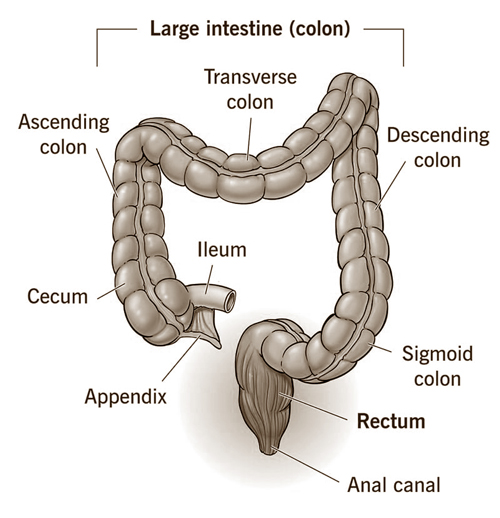
The anal canal, though often overlooked, plays a vital role in our digestive system. This short, muscular tube connects the rectum to the anus, serving as the final passage for waste elimination. It’s about 2-4 cm long and lined with sensitive receptors that help us control bowel movements. The internal anal sphincter, made of smooth muscle, maintains involuntary continence, while the external anal sphincter, made of skeletal muscle, allows for voluntary control.
Remember: Regular bowel movements and a healthy diet are key to keeping the anal canal functioning smoothly!
The Ankle Joint: Balancing Act Master
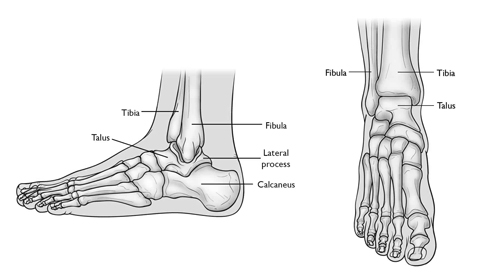
The ankle joint, the sturdy yet flexible connection between the foot and leg, is a marvel of engineering. It’s a hinge joint, allowing for up-and-down movement (plantar flexion and dorsiflexion) crucial for walking, running, and even dancing. But it’s also capable of some side-to-side tilting (inversion and eversion) for navigating uneven terrain.
Strength in Numbers:
- The ankle joint is supported by three strong ligaments: the talofibular ligaments on the outside, and the deltoid ligament on the inside. These ligaments prevent excessive sideways movement and protect against sprains, a common injury.
- 26 bones, including the talus, tibia, and fibula, come together to form the ankle complex, providing a stable base for the body.
Fun Fact: Did you know the ankle joint is more prone to sprains on the outside than the inside? This is because the talofibular ligaments are slightly weaker on the lateral side.
The Arm: Your Body’s Multitool
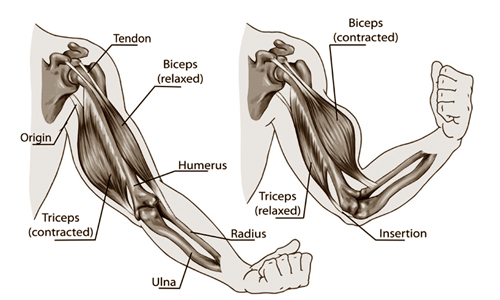
Imagine a tool capable of throwing a ball, hugging a friend, or playing a piano sonata. That’s the arm, a versatile appendage made up of bone, muscle, and joints that allows us to interact with the world in countless ways.
From Shoulder to Fingers:
- The arm is divided into three sections: the upper arm (humerus), the forearm (ulna and radius), and the hand (wrist, palm, and fingers).
- Over 20 muscles work together in the arm, allowing for a wide range of motions, from powerful pushes to delicate finger movements.
- Did you know the human hand has 27 bones, more than any other part of the body? This intricate skeletal structure gives our hands remarkable dexterity and grip strength.
Arterial Circles: Nature’s Backup Plan
Blood is the lifeblood of our body, delivering essential oxygen and nutrients to every cell. Arterial circles, like intricate highway networks, ensure this vital flow never gets interrupted. These interconnected loops of arteries provide alternate routes for blood to reach its destination, even if one path gets blocked.
Keeping the Blood Flowing:
- Arterial circles are found in many vital organs, such as the brain, heart, and kidneys.
- By providing multiple pathways, they help maintain blood supply even if a vessel gets narrowed or blocked by a clot.
- This redundancy is crucial for preventing tissue damage and organ failure.
Nature’s Wisdom: Arterial circles are a testament to the body’s amazing ability to adapt and protect itself. By ensuring a constant flow of blood, they keep us healthy and functioning even when faced with challenges.
Auditory Tube: Your Sound Gateway
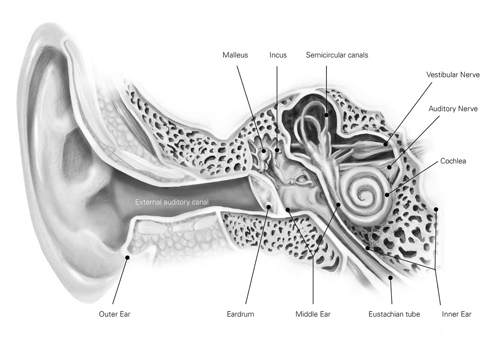
Imagine a secret passage connecting your throat to your middle ear. That’s the auditory tube, a narrow canal about the size of a spaghetti straw. Its main job is to regulate air pressure inside the middle ear, ensuring optimal sound transmission and preventing discomfort during changes in altitude.
Key Functions:
- Pressure Balance: When you swallow or yawn, the auditory tube opens briefly, equalizing air pressure between the middle ear and the outside world. This prevents the eardrum from bulging inwards, which can cause pain and hearing loss.
- Drainage: The auditory tube also helps drain mucus from the middle ear, preventing infections.
Fun Fact: Babies have shorter and straighter auditory tubes, making them more prone to ear infections.
Axillary Artery: Supplying Your Arm
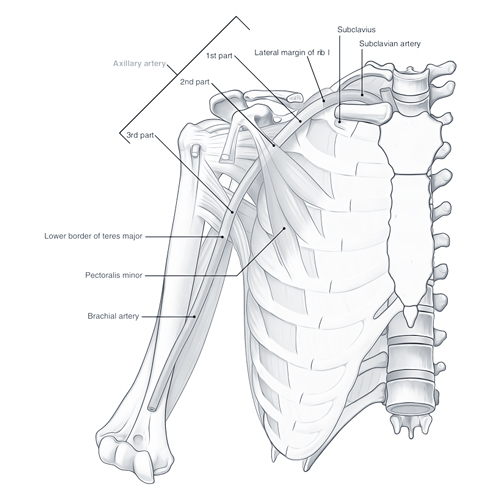
Think of your arm as a mighty machine. The axillary artery, like a thick cable, acts as the main power supply, delivering oxygen-rich blood to the muscles, nerves, and bones of your arm, shoulder, and upper back.
Blood Flow Powerhouse:
- The axillary artery branches off the subclavian artery near your collarbone.
- It’s about the width of a pencil and can pump up to 120 milliliters of blood per minute at rest, increasing significantly during activity.
- The axillary artery eventually divides into the brachial artery (supplying the upper arm) and the radial and ulnar arteries (supplying the forearm and hand).
Did You Know: Feeling your pulse near your armpit checks the blood flow in the axillary artery.
Anular Ligament: Wrist’s Silent Guardian
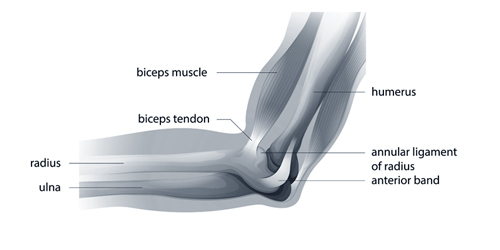
Deep within your wrist lies a tiny, ring-shaped ligament called the anular ligament. Don’t let its size fool you; it plays a crucial role in stabilizing your wrist joint and preventing dislocations.
Tiny but Mighty:
- The anular ligament is made of strong, fibrous tissue that encircles the heads of the radius and ulna bones, the two main bones of the forearm.
- It acts like a tight band, keeping these bones snugly in place during movements like grasping, pushing, and pulling.
- Anular ligament injuries, though rare, can cause wrist instability and pain.
Remember: Stretching and strengthening exercises can help keep your wrist joint healthy and flexible, reducing the risk of injury to the anular ligament.
Atrium
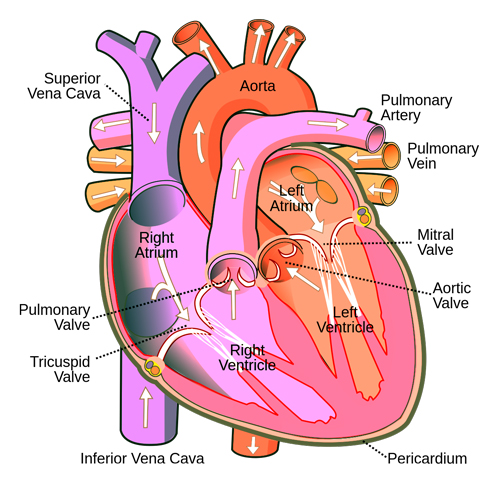
The heart contains two atria – the left atrium and the right atrium. These are the chambers that receive blood returning to the heart from the body and lungs. The right atrium receives oxygen-poor blood from the body and pumps it into the right ventricle, which sends it to the lungs for oxygenation. The left atrium receives oxygen-rich blood from the lungs and pumps it into the left ventricle, which sends it out to the body.
Achilles Tendon
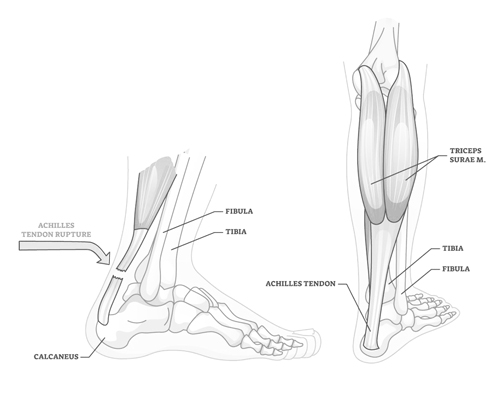
The Achilles tendon is a tough band of fibrous tissue that connects the calf muscles to the heel bone. It is the thickest and strongest tendon in the body and plays a crucial role in walking, running, jumping, and standing on the toes.
Axillary Nodes
These are a group of lymph nodes located in the armpit (axillary) region that play a vital role in the body’s immune response. They function as filters, trapping foreign particles and bacteria, and serve as a sentinel for identifying diseases, especially breast cancer.
List of Human Body Parts Starting with A
| Abdomen | Abdominal Arteries | Abdominal Cavity |
| Abdominal Muscles | Abdominal Veins | Abducent Nerve |
| Abductor Digiti Minimi Muscle | Accessory Nerve | Acetabulum |
| Acromioclavicular Joint | Adrenal Glands | Anal Canal |
| Anal Sphincter, External | Ankle Joint Ligaments | Ankle Joint, Deltoid Ligament |
| Ankle Muscles | Anterior Cerebral Artery | Anterior Communicating Artery |
| Anterior Longitudinal Ligament | Anterior Scalene Muscle | Anular Ligament |
| Aorta | Appendix | Arachnoid Membrane |
| Arm | Arm Muscles | Arterial Circle |
| Arteries | Ascending Aorta | Atlas Vertebra, Anterior Arch |
| Atrial Appendage | Auditory Tube | Auditory Tube, Cartilage |
| Axillary Artery | Axis Vertebra, Odontoid Process | Alveoli |
| Amygdala | Anterior Cruciate Ligament | Anus |
| Auditory Canal | Atrium | Achilles Tendon |
| Axillary Nodes |
Conclusion
In the end, it’s clear that these body parts that begin with “A” are essential elements of our overall anatomy, each playing a vital role in the normal functioning of our body. From the high-pressure arteries to the emotion-controlling amygdala, the vast anatomical landscape of “A” encompasses a multitude of systems and functions. This anatomical exploration helps illuminate the complex and wonderful tapestry that is the human body, starting from A and going all the way to Z.
Human Body Parts That Start With
A | B | C | D | E | F | G | H | I | J | K | L | M | N | O | P | Q | R | S | T | U | V | W
